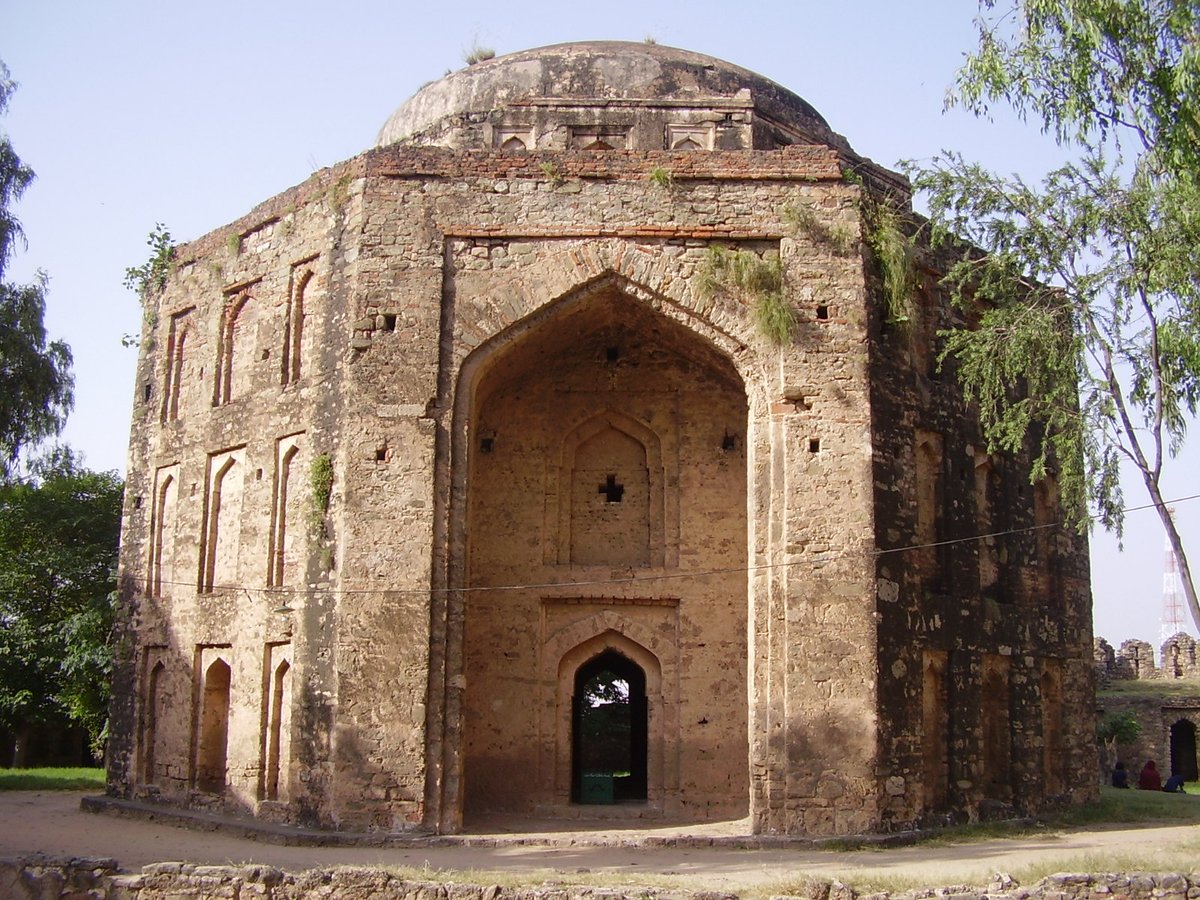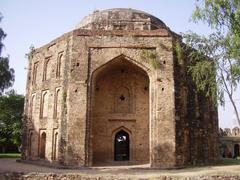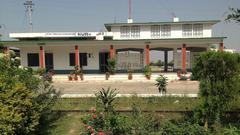
Rawat Fort Rawalpindi Visiting Guide
Date: 18/07/2024
Introduction
Table of Contents
- [Introduction](#introductionintroduction)
- [Historical Background and Significance of Rawat Fort](#historical-background-and-significance-of-rawat-forthistorical-background-and-significance-of-rawat-fort)
- [Origins and Early History](#origins-and-early-historyorigins-and-early-history)
- [Mughal Era and the Fort’s Significance](#mughal-era-and-the-forts-significancemughal-era-and-the-forts-significance)
- [Sikh Rule and the Fort’s Transformation](#sikh-rule-and-the-forts-transformationsikh-rule-and-the-forts-transformation)
- [British Era and the Fort’s Decline](#british-era-and-the-forts-declinebritish-era-and-the-forts-decline)
- [Post-Independence and Present Day](#post-independence-and-present-daypost-independence-and-present-day)
- [Architectural Features and Significance](#architectural-features-and-significancearchitectural-features-and-significance)
- [Visitor Information](#visitor-informationvisitor-information)
- [Visiting Hours and Tickets](#visiting-hours-and-ticketsvisiting-hours-and-tickets)
- [Travel Tips](#travel-tipstravel-tips)
- [Nearby Attractions](#nearby-attractionsnearby-attractions)
- [Conclusion](#conclusionconclusion)
- [FAQ](#faqfaq)
- [Call to Action](#call-to-actioncall-to-action)
- [References](#referencesreferences)
Historical Background and Significance of Rawat Fort
Origins and Early History
The exact origins of Rawat Fort are shrouded in mystery and debated among historians. While the exact date of construction remains unknown, some scholars attribute its initial construction to the Gakhar tribe during the 15th or 16th century. The Gakhars, a powerful tribe known for their military prowess, held sway over the Potohar region, where Rawat is located, for centuries. The strategic location of Rawat, at the crossroads of trade routes and a gateway to Kashmir and Central Asia, made it a desirable location for a stronghold.
Mughal Era and the Fort’s Significance
During the Mughal Empire’s reign, Rawat Fort gained further prominence. The fort’s strategic importance led to its inclusion in the Mughal defensive line against invaders from the North-West. The fort’s location on the route used by Mughal emperors traveling to Kashmir for pleasure and strategic purposes further cemented its importance.
Sikh Rule and the Fort’s Transformation
The decline of the Mughal Empire saw the rise of the Sikh Empire under Maharaja Ranjit Singh. In the early 19th century, Sikh forces, led by Sardar Milkha Singh, captured Rawat Fort. Under Sikh rule, the fort underwent significant renovations and expansions. The Sikhs, recognizing the fort’s strategic value, strengthened its defenses and used it as a base for their military operations.
British Era and the Fort’s Decline
The British annexation of Punjab in 1849 marked the beginning of Rawat Fort’s decline. The British, having established their dominance, no longer saw the fort as strategically essential. As a result, they largely neglected its upkeep. Over time, the once-imposing structure fell into disrepair.
Post-Independence and Present Day
After Pakistan’s independence in 1947, Rawat Fort came under the control of the Pakistani government. Despite its historical significance, the fort continued to face neglect and decay for several decades. However, in recent years, there has been a growing awareness of the fort’s historical and cultural importance. Efforts are underway to preserve and restore this architectural gem.
Architectural Features and Significance
Rawat Fort, though bearing the scars of time, still showcases impressive architectural features. The fort, built primarily with stone and lime mortar, reflects a blend of architectural styles influenced by the various rulers who occupied it.
- The main entrance gate, a testament to the fort’s former grandeur, is an imposing structure with intricate brickwork and defensive features.
- Within the fort walls, remnants of various structures, including residential quarters, a mosque, and a stable, offer glimpses into life within the fort during its heyday.
- The fort’s strategic location, offering panoramic views of the surrounding countryside, highlights its historical role as a defensive stronghold.
Visitor Information
Visiting Hours and Tickets
Rawat Fort is open to visitors daily from 9:00 AM to 5:00 PM. The entrance fee is nominal, making it accessible to a wide range of visitors. For the latest information on ticket prices and any special events, it is advisable to check the official website or contact the local tourism office.
Travel Tips
- Best Time to Visit - The best time to visit Rawat Fort is during the cooler months from October to March. The weather is pleasant, making it ideal for exploring the fort and its surroundings.
- Accessibility - The fort is located approximately 17 kilometers from Islamabad and can be reached by car or public transport. There is ample parking available near the site.
- Guided Tours - For a more enriching experience, consider hiring a local guide who can provide in-depth historical insights and interesting anecdotes about the fort.
Nearby Attractions
While visiting Rawat Fort, you can also explore nearby historical sites and attractions, including:
- Taxila Museum - A treasure trove of ancient artifacts located about 30 kilometers from Rawat Fort.
- Khanpur Dam - A scenic spot perfect for picnics and water sports, located around 40 kilometers away.
- Islamabad Monuments - Don’t miss the iconic landmarks in Islamabad, such as Faisal Mosque and Pakistan Monument.
Conclusion
Rawat Fort stands as a silent witness to centuries of history, bearing the legacy of the Gakhars, Mughals, Sikhs, and the British. Its strategic location, architectural features, and the stories etched into its walls offer a captivating glimpse into the past. The fort’s historical significance, coupled with its proximity to Islamabad, makes it an increasingly popular destination for history enthusiasts and tourists seeking to explore Pakistan’s rich cultural heritage.
FAQ
Q: What are the visiting hours for Rawat Fort?
A: Rawat Fort is open daily from 9:00 AM to 5:00 PM.
Q: How much is the entrance fee?
A: The entrance fee is nominal. For the latest information, check the official website or contact the local tourism office.
Q: Is there parking available at Rawat Fort?
A: Yes, there is ample parking available near the site.
Q: Are guided tours available?
A: Yes, hiring a local guide is recommended for a more enriching experience.
Call to Action
Plan your visit to Rawat Fort today and immerse yourself in the rich history and culture of Pakistan. For more information on historical sites in Islamabad and surrounding areas, check out our other articles and follow us on social media for updates and travel tips.



